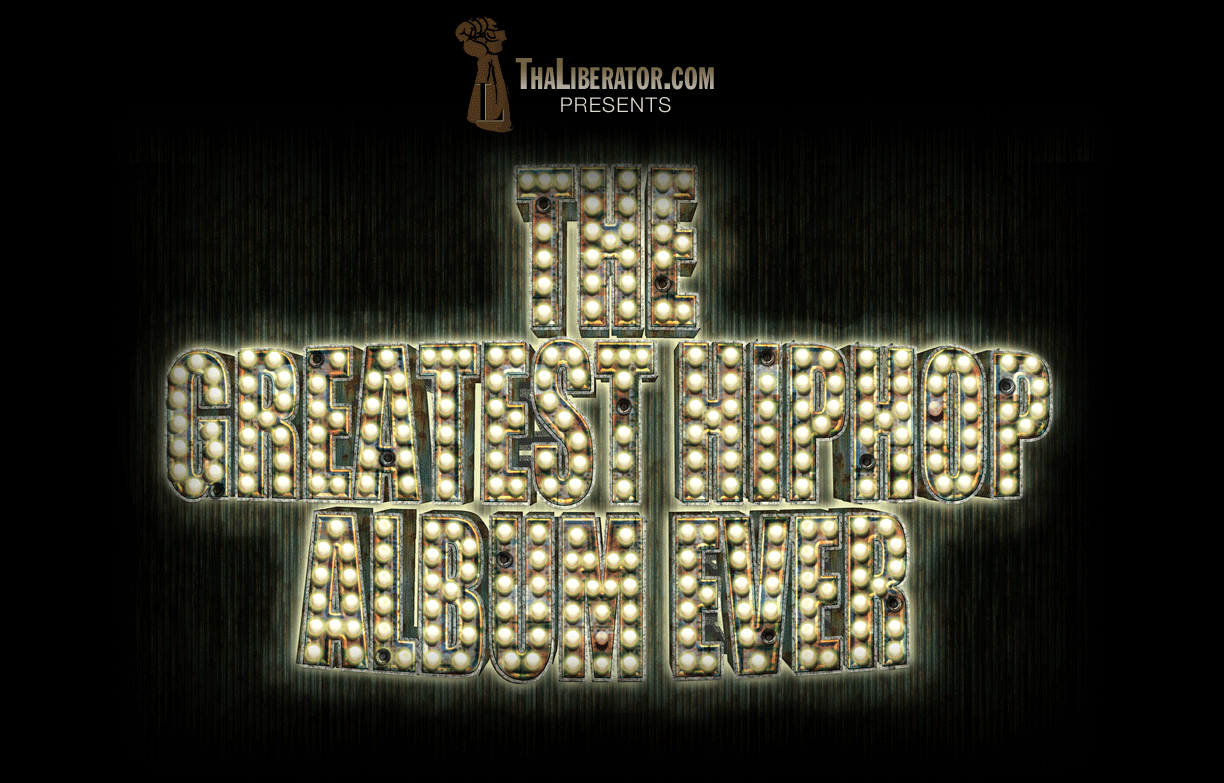"Niggas are in a state of emergency. The Death Side: a mirrored image of where we are today. The life side: a vision of where we need to go. So sign your death certificate"
— Ice Cube
SIDE-TO-SIDE
When Death Certificate was released in 1991 the majority of consumers listened to their albums on cassettes. For those young enough not to remember, an audio cassette is a format in which magnetically coated plastic tape moves between two spools held inside a plastic shell. Cassettes had music on both sides, typically labeled Side A and Side B.
The Death Certificate cassette however was labeled "Death Side" (side A) and "Life Side" (side B) — a subtle deviation from the norm, but extremely significant in tying the aural, visual, theoretical and physical elements of the album together into one cohesive piece of art.
As explained in the album intro, the Death Side is meant to represent the current conditions found in inner city Black America. The "Life Side" is intended to present a flip side and examine some of those conditions and provide some, for the lack of better words, solutions.
The "solution" aspect never truly manifests itself. But in all fairness, if a solution to these multi-generational socioeconomic and racial issues could be delivered on the B side of a 61-minute cassette, Death Certificate wouldn’t have the same resonance and relevance two decades after its debut.
Over the course of the two sides the album Ice Cube deftly merges the gangsta rap styles he helped pioneer with the Black consciousness of Public Enemy and Boogie Down Productions, presenting a thorough, raw, scathing, unflinching, uncompromising view of South Central LA that is neither the typical gangsta rap celebration of pathology nor the typical imposition of overbearing Black righteousness.
SEQUENCE & CONCEPT
Ninety-nine-percent of the albums routinely listed in the "greatest" lists are collections of very good songs about any number of topics and subjects.
Death Certificate is a collection of very good songs built around a central concept in which each song builds off the previous and leads into the next, all while advancing the overall theme. Even the skits work to transition and advance the concept.
If you were to take Death Certificate and rearrange all of the songs in some random order you would still undoubtedly have a very good album. But the arrangement of songs and the sequence in which they are presented are such a fundamental component of what takes the album from good to great, they can not be overemphasized.
If you take Illmatic and move "Represent" from the ninth position and put it in the number three slot, or move "The World is Yours" to the end of the album, aside from the way we have all come to know the album, nothing really changes and it still makes as much sense as it ever did.
With Death Certificate, if you take "My Summer Vacation" and swap it with "Color Blind," the album is distorted in the same way taking chapter 17 of Moby Dick and sticking it in place of chapter three would fundamentally mangle that classic.
The fact that sequence matters beyond the theoretical sense signifies a level of planning, foresight and execution not present in most other HipHop albums.
Sticky Fingaz Blacktrash: The Autobiography of Kirk Jones and Prince Paul’s A Prince Among Thieves are two others that belong on the short list of HipHop albums in which sequencing is critical — Nevertheless, it remains an exclusive group.
When each individual line has to to create a verse that works to create a song that fits into the overall narrative, you can't just make random rhymes based on whatever pops into your head — No free associative abstractness is allowed, neither is consideration for your radio songs or your club bangers.
Forget about the album for a second, just writing a song that from beginning to end tells a complete story automatically ups the level of difficulty.
Example?



